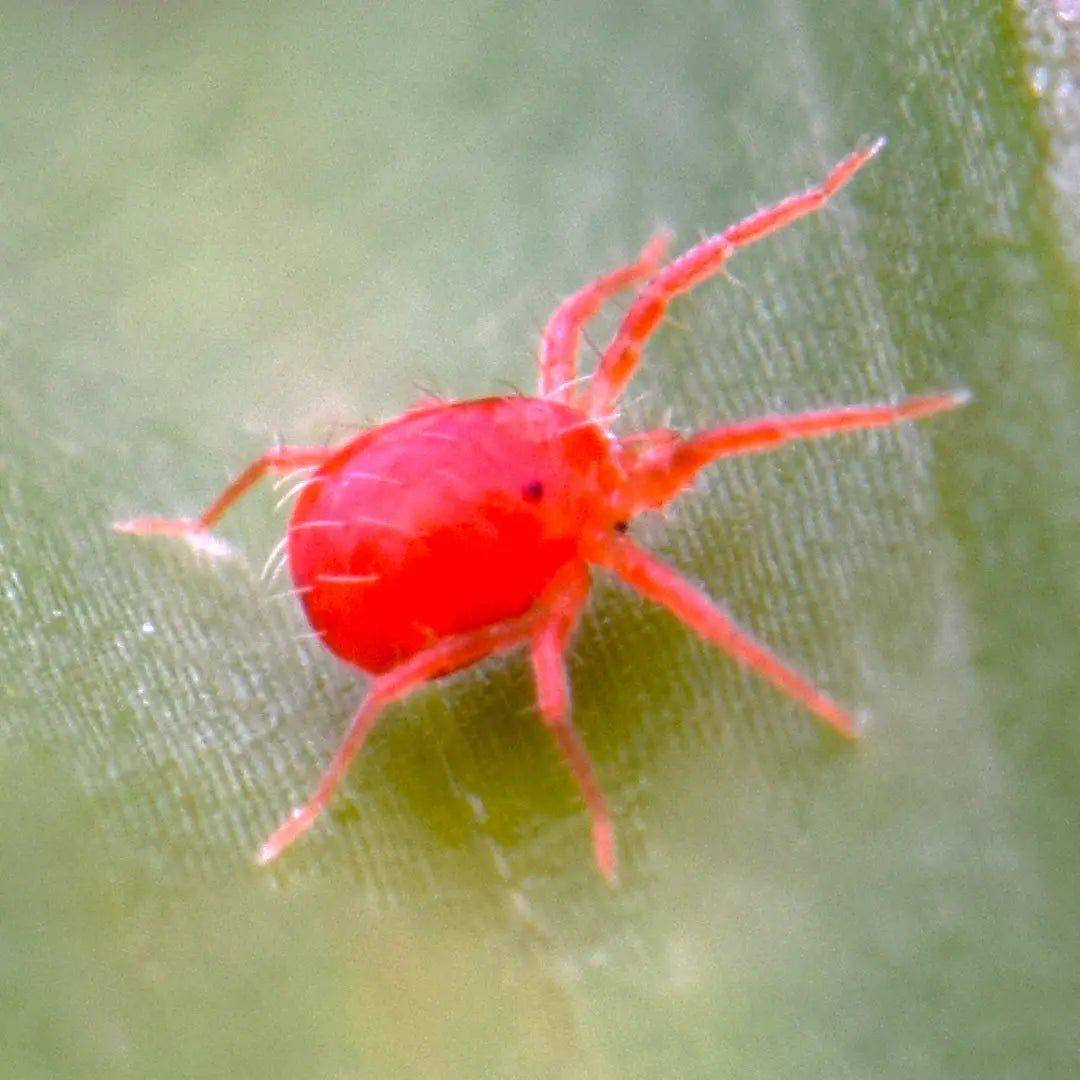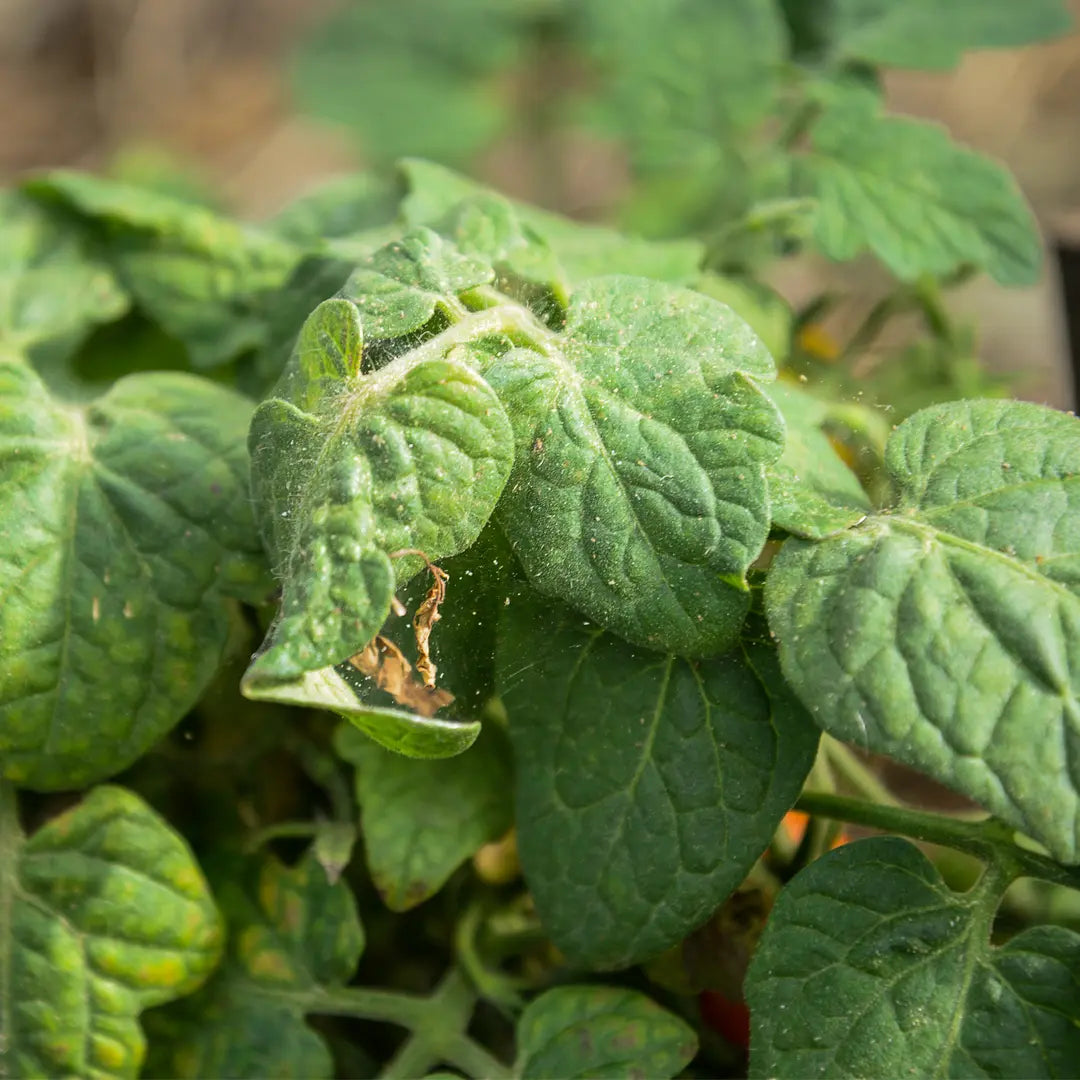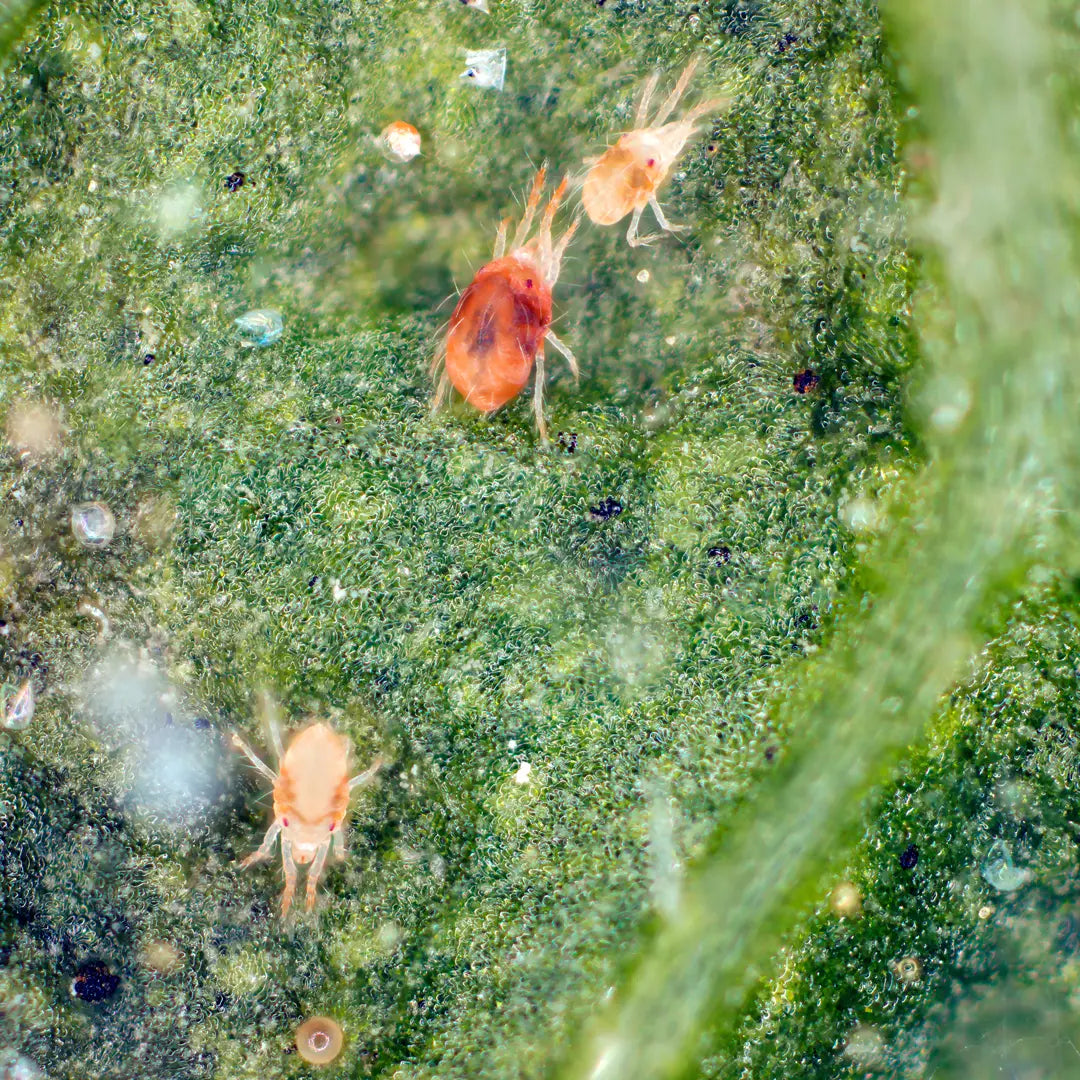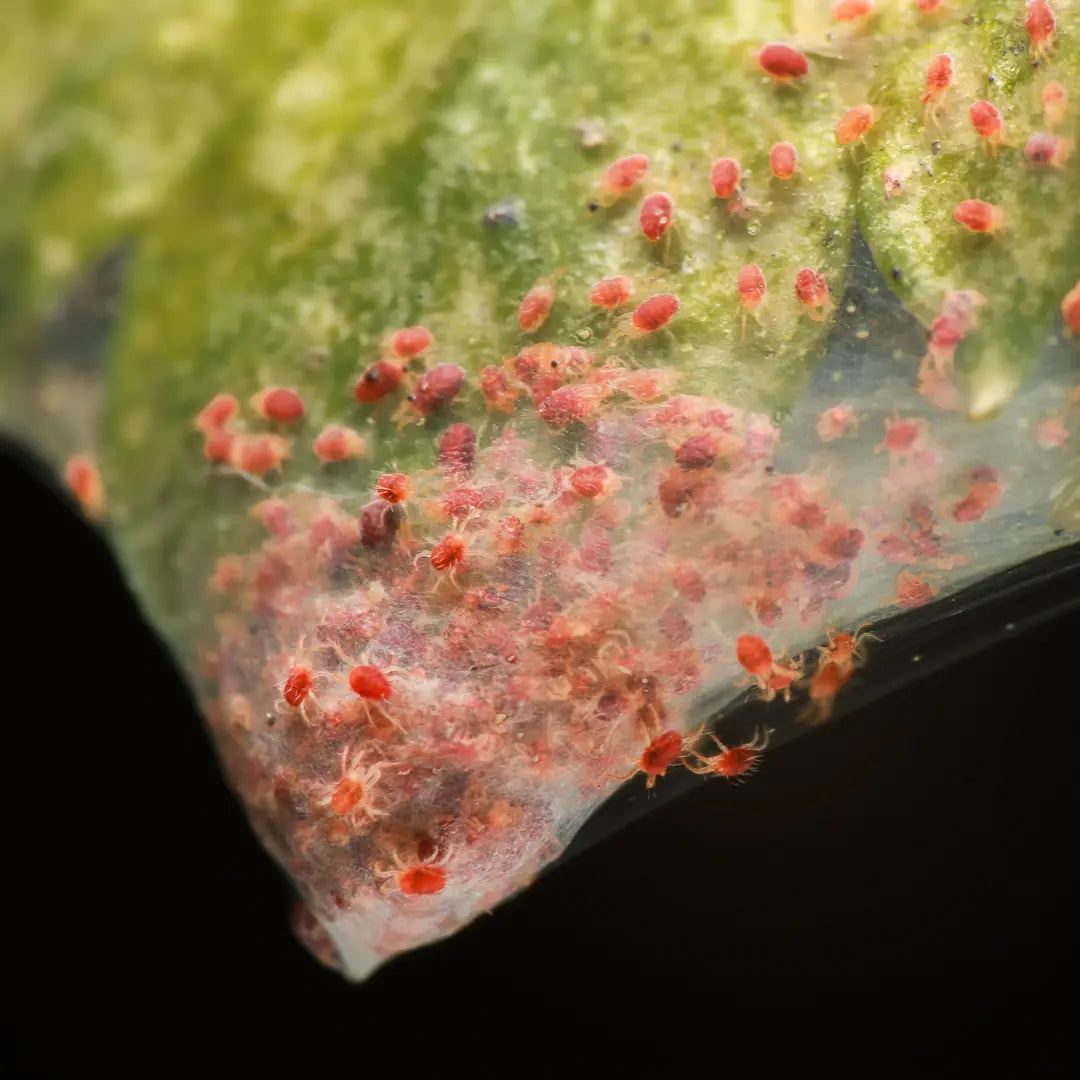
Red Spider Mites
Chilli plants are a popular and rewarding addition to any garden or greenhouse, but even the most experienced gardeners can encounter challenges. One such challenge is the red spider mite, a tiny yet mighty adversary that can wreak havoc on your precious chilli plants. In this comprehensive guide, we'll dive into the fascinating world of these minuscule pests, uncovering how to identify, prevent, and control them to keep your chilli plants thriving.
What is a Red Spider Mite? Unmasking the Miniature Marauders
Red spider mites, also known as Tetranychus urticae, are minuscule, sap-sucking arachnids that belong to the Tetranychidae family. They are a common pest of many plants, including chilli plants, and can cause considerable damage if left uncontrolled. These tiny creatures have an impressive ability to reproduce rapidly, creating large populations that can quickly overwhelm your precious chilli plants. As the seasons change in New Zealand, from the warm, humid summers to the cooler autumns, red spider mites become more active, making it important to stay vigilant against their attacks.
Collapsible content
Identification
Spotting red spider mites on your chilli plants can be a challenge, as these tiny terrors are only 0.5 millimetres long and barely visible to the naked eye. However, there are some tell-tale signs that can help you identify a red spider mite infestation:
- Leaf damage: One of the first indications of a red spider mite infestation is the appearance of pale, yellow-green mottling on your chilli plant's leaves. As the mites feed on the plant's sap, they cause the leaves to lose their colour, eventually turning them brown and dry.
- Webbing: A more advanced infestation will cause the mites to produce fine, silky webbing on your chilli plants. This webbing can be seen on the leaves, stems, and fruits of the plant, often accompanied by tiny, red mites moving within it.
- Fruits and flowers: Red spider mites can also attack the fruits and flowers of your chilli plants, causing them to become distorted or discoloured, and eventually drop off the plant.
To confirm the presence of red spider mites, use a magnifying glass or a smartphone camera's zoom function to closely examine the undersides of your chilli plant's leaves, where these critters tend to congregate.
Prevention
The best defence against red spider mites is prevention, and by following these guidelines, you can reduce the likelihood of an infestation:
- Regular inspection: Routinely inspect your chilli plants for early signs of red spider mite damage or the presence of mites themselves. Catching an infestation early can prevent it from escalating into a more serious problem.
- Encourage beneficial insects: Introduce or attract predatory insects, such as ladybirds, lacewings, and predatory mites, to your garden or greenhouse. These insects can help keep red spider mite populations under control.
- Maintain optimal growing conditions: Ensure that your chilli plants are well-watered and appropriately fertilised. Stressed plants are more susceptible to red spider mite attacks.
- Quarantine new plants: When introducing new plants to your garden or greenhouse, keep them isolated for at least two weeks to ensure they are not harbouring any red spider mites or other pests.
Natural Treatments
If you find yourself facing a red spider mite infestation, there are several natural methods you can employ to regain control:
- Water spray: Use a strong jet of water to dislodge the mites from your chilli plants. This can be an effective method for minor infestations, but be cautious not to overwater your plants.
- Neem oil: Applying neem oil to your chilli plants can help deter red spider mites by disrupting their feeding and reproductive abilities. Follow the manufacturer's instructions for proper dilution and application.
- Biological control: Release predatory insects, such as Phytoseiulus persimilis, a species of predatory mite, to help control red spider mite populations. These predators can be purchased online or from specialist suppliers.
Chemical Treatments
When natural methods fail to control a red spider mite infestation, chemical intervention may be necessary. Always follow the manufacturer's instructions and use chemicals as a last resort:
- Insecticidal soaps: These specially formulated soaps can be used to smother and kill red spider mites on contact. Be sure to thoroughly coat the entire plant, including the undersides of leaves, to ensure effectiveness.
- Miticides: Chemical miticides, such as abamectin, can be used to control red spider mite populations. Use these products according to the label instructions and be cautious of potential harm to beneficial insects.
Red spider mites may be small, but they can pose a significant threat to your chilli plants if left unchecked. By familiarising yourself with their identification, prevention, and control methods, you can keep these tiny terrors at bay and enjoy a bountiful harvest of delicious chillies. Remember to remain vigilant in your inspections, embrace natural methods when possible, and always use chemicals responsibly. With a little knowledge and effort, you can ensure that your chilli plants thrive, even in the face of red spider mite invasions.



